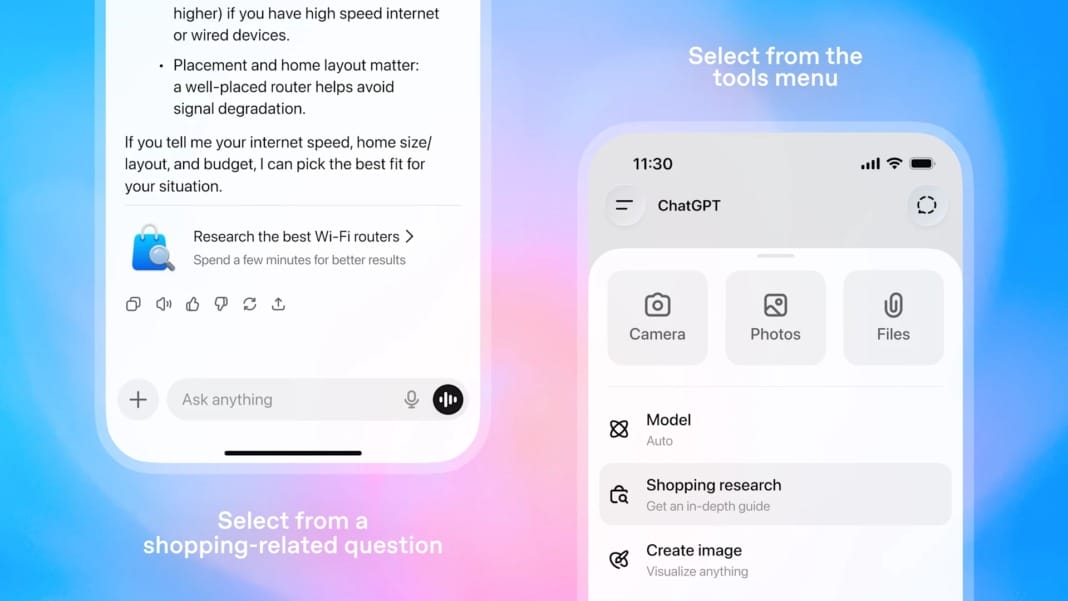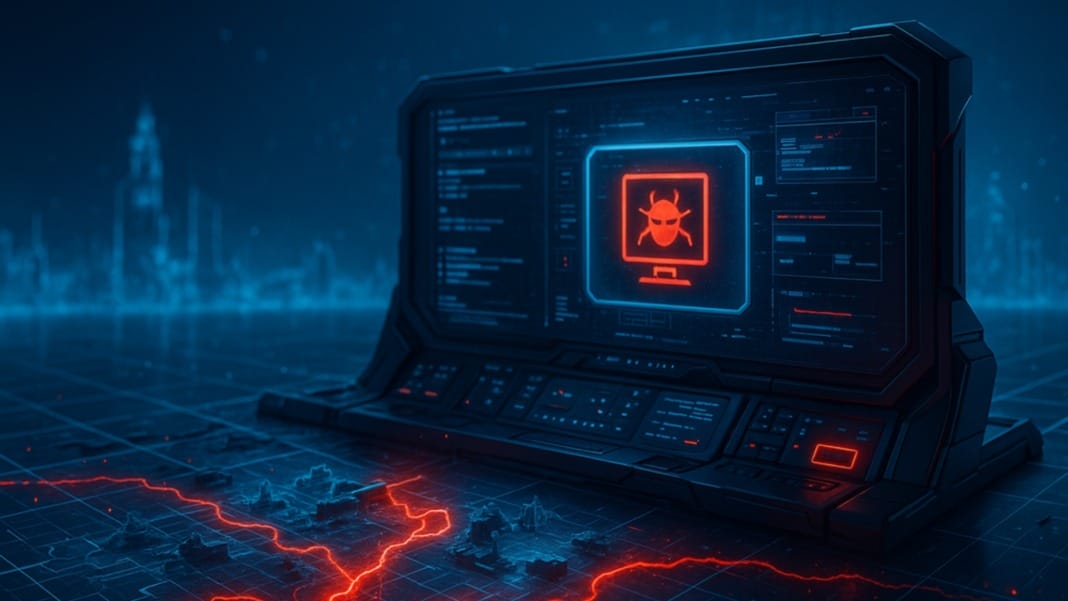ChatGPT has introduced a new shopping research feature designed to help users navigate complex buying decisions. The tool aims to simplify product discovery by turning it into a guided conversation, offering personalised recommendations based on a user’s needs, preferences, and past interactions.
According to the company, the feature allows users to describe what they are looking for in natural language. ChatGPT then asks clarifying questions, gathers details from trusted sources across the internet, and produces a tailored buyer’s guide within minutes. The service can be used for queries such as finding a quiet cordless vacuum, comparing several bicycle models, or choosing a suitable gift for a child.
The feature is now rolling out to logged-in users on Free, Go, Plus, and Pro plans across mobile and web. To support holiday shopping, the company is offering near-unlimited usage for all plan tiers during this period.
Designed for deeper decision-making
ChatGPT reports that hundreds of millions of people use the platform to explore and compare products. The new feature is intended to address the growing need for more detailed guidance when users face many options or complex trade-offs.
Shopping research is particularly focused on categories that require evaluating detailed specifications. These include electronics, beauty, home and garden, kitchen appliances, and sports and outdoor products. For straightforward questions—such as checking a price or confirming a product feature—a standard ChatGPT reply remains sufficient. However, when comparisons, constraints, or trade-offs are involved, the new tool produces a more thorough response.
ChatGPT can also support users in discovering alternative products, finding lower-priced lookalikes, reviewing side-by-side comparisons of selected items, or locating deals that match a budget. It is designed to incorporate user feedback along the way, refining results based on reactions such as indicating interest or dismissing unsuitable options.
The company is also extending shopping research to ChatGPT Pulse, currently available to Pro users. Pulse may proactively suggest buyer’s guides based on a user’s previous conversations. For instance, if someone has discussed e-bikes, it may offer recommendations for accessories in the future.
How the shopping research tool works
The feature introduces a new visual interface where users can describe the type of product they need, respond to follow-up questions, and guide the research. If a user has memory enabled, ChatGPT can further customise its suggestions by referencing earlier conversations. For example, if it knows someone enjoys gaming, it may prioritise laptops with suitable performance.
Behind the scenes, the system gathers up-to-date product information from across the internet, including pricing, availability, specifications, reviews, and images. Users can refine the research in real time by interacting with the recommended products. This feedback helps the system adapt and produce a final personalised guide.
Once the research is complete, ChatGPT provides a summarised buyer’s guide that highlights top products, key differences, trade-offs, and the most recent information from reputable retailers. While users can follow links to purchase items, the company notes that direct purchases through ChatGPT will be available in the future for merchants participating in Instant Checkout.
The feature is powered by a version of GPT-5 mini trained with reinforcement learning for shopping-specific tasks. The company states that it has taught the model to read trusted sites, cite reliable sources, and combine information from multiple places to produce high-quality guidance. The system is also designed to update its research in real time based on new constraints or user feedback.
Internal evaluations cited by the company show that the model improves product accuracy compared with earlier systems, measuring how well recommended items meet a user’s stated requirements.
Transparency, trust and early limitations
The company emphasises that shopping research is designed with transparency in mind. Conversations are not shared with retailers, and results are generated from publicly available information rather than promotional content. Retailers can request to be allowlisted to ensure their listings appear accurately in search results.
However, the company notes that the tool is still imperfect. It may occasionally misinterpret product details such as pricing or availability, and users are encouraged to verify information directly on retailer websites when making a purchase.
ChatGPT views the new feature as an early step in building a more intuitive shopping experience. The company plans to continue improving the tool’s ability to understand user preferences, expand product categories, and introduce more ways to compare and discover items.





